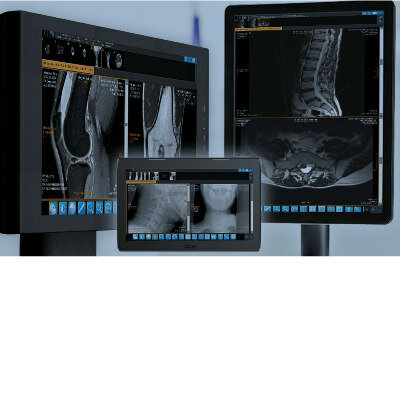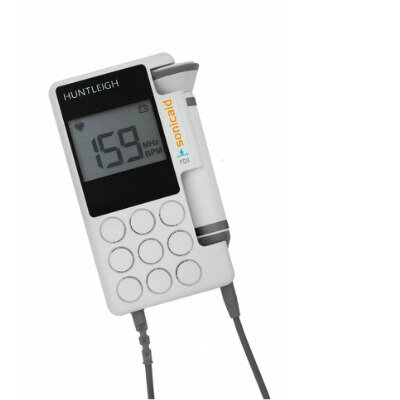Blocking Development of New Blood Vessels Augments Radiotherapy for Brain Tumors
By MedImaging International staff writers
Posted on 11 Mar 2010
High doses of radiotherapy fail to destroy glisoblatoma multiforme (GBM) brain tumors, but radiation therapy at lower doses has proven to cure the disease in an animal model when used in combination with treatment to prevent formation of new tumor blood vessels.Posted on 11 Mar 2010
Investigators from Stanford University (Palo Alto, CA, USA) grafted human GBM cells into the brains of mice. The animals were then treated with either radiation alone or in combination with a drug or antibodies designed to prevent formation of new blood vessels (vasculogenesis).
Vasculogenesis in tumors after radiation treatment is driven by recruitment of bone marrow-derived cells (BMDCs) that is mediated by the transcription factor HIF-1, which had been shown in previous studies to be a major player in the recruitment of BMDCs to tumors including GBM. The investigators decided, therefore, to block the action of HIF-1 by preventing stromal cell–derived factor–1 (SDF-1), which is induced by HIF-1, from binding to its receptor, CXCR4. Inhibition of SDF-1 binding to CXCR4 was accomplished either with specific antibodies directed at CXCR4 or with the drug AMD3100.
Results published in the February 22, 2010, online edition of the Journal of Clinical Investigation revealed that treatment of the mice with either anti-CXCR4 antibodies or the drug AMD3100 following irradiation prevented the influx of BMDCs and the postirradiation development of functional tumor vasculature, resulting in abrogation of tumor regrowth.
These findings allowed the authors to conclude that, "Our data suggest that the novel strategy of inhibiting the vasculogenesis pathway after local tumor irradiation has the potential to improve the control of human GBM by radiotherapy. In essence, this strategy abolishes the need to kill all the tumor cells, replacing it with the need only to kill the endothelial cells in and around the tumor, which will require significantly lower radiation doses than those needed to sterilize all the tumor cells.”
Related Links:
Stanford University














